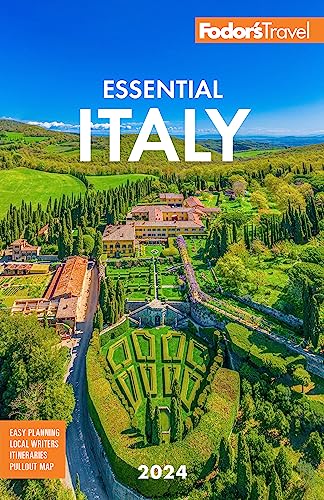Eating and Drinking Well in Emilia-Romagna
Italians rarely agree about anything, but many concede that some of the country's finest foods originated in Emilia-Romagna. Tortellini, fettuccine, Parmesan cheese, prosciutto crudo, and balsamic vinegar are just a few of the Italian delicacies born here.
One of the beauties of Emilia-Romagna is that its exceptional food can be had without breaking the bank. Many trattorias serve up classic dishes, mastered over the centuries, at reasonable prices. Cutting-edge restaurants and wine bars are often more expensive; their inventive menus are full of fantasia—reinterpretations of the classics. For the budget-conscious, Bologna, a university town, has great places for cheap eats.
Between meals, you can sustain yourself with the region's famous sandwich, the piadina. It's made with pitalike thin bread, usually filled with prosciutto or mortadella, cheese, and vegetables, then put under the grill and served hot, with the cheese oozing at the sides. These addictive sandwiches can be savored at sit-down places or ordered to go.
The Real Ragù
Emilia-Romagna's signature dish is tagliatelle al ragù (flat noodles with meat sauce), known as "spaghetti Bolognese" most everywhere else. This primo (first course) is on every menu, and no two versions are the same. The sauce starts in a sauté pan with finely diced carrots, onions, and celery. Purists add nothing but minced beef, but some use guanciale (pork cheek), sausage, veal, or chicken. Regular ministrations of broth are added, and sometimes wine, milk, or cream.
Pork Products
It's not just mortadella and cured pork products like prosciutto crudo and culatello that Emilia-Romagnans go crazy for—they're wild about the whole hog. You'll frequently find cotechino and zampone, both secondi (second courses), on menus. Cotechino is a savory, thick, fresh sausage served with lentils on New Year's Eve (the combination is said to augur well for the new year) and with mashed potatoes year-round. Zampone, a stuffed pig's foot, is redolent of garlic and deliciously fatty.
Bollito Misto
The name means "mixed boil," and they do it exceptionally well in this part of Italy. According to Emilia-Romagnans, bollito misto was invented here, although other Italians—especially those from Milan and the Piedmont—might dispute this claim. Chicken, beef, tongue, and zampone are tossed into a stockpot and boiled; they're then removed from the broth and served with a fragrant salsa verde (green sauce), made with parsley and spiced with anchovies, garlic, and capers. This simple yet rich dish is usually served with mashed potatoes on the side, and savvy diners will mix some of the piquant salsa verde into the potatoes as well.
Stuffed Pasta
Among the many Emilian variations on stuffed pasta, tortellini are the smallest. Tortelli and cappellacci are larger pasta "pillows," about the size of a brussels sprout, but with the same basic form as tortellini. They're often filled with pumpkin or spinach and cheese. Tortelloni are, in theory, even bigger, although their size varies. Stuffed pastas are generally served simply, with melted butter, sage, and Parmigiano-Reggiano cheese or, in the case of tortellini, in brodo (in beef, chicken, or capon broth or some combination thereof), which brings out the subtle richness of the filling.
Wines
Emilia-Romagna's wines accompany the region's fine food rather than vying with it for accolades. The best-known is Lambrusco, a sparkling red produced on the Po Plain that has some admirers and many detractors. It's praised for its tartness and condemned for the same; it does, however, pair brilliantly with the local fare. The region's best wines include Sangiovese di Romagna (somewhat similar to Chianti), from the Romagnan hills, and barbera from the Colli Piacentini and Apennine foothills. Castelluccio, Bonzara, Zerbina, Leone Conti, and Tre Monti are among the region's top producers.




